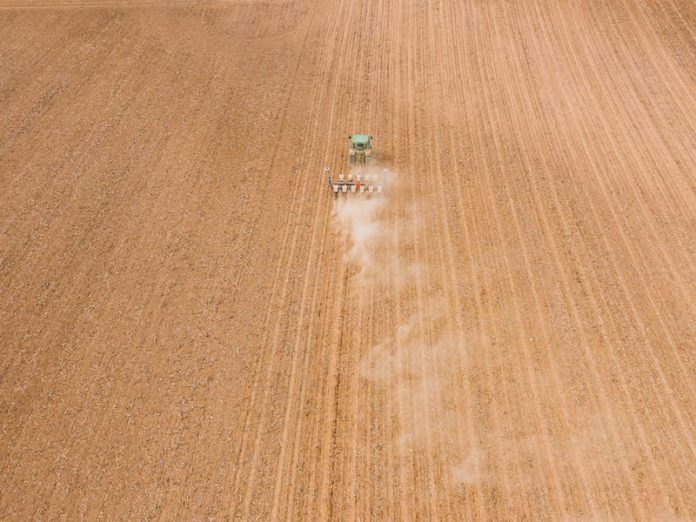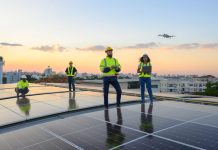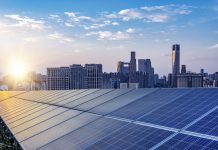Sustainable land development is the responsible use of land resources to support human habitation. It emphasizes a smart integration of ecological, economic, and social dynamics to create thriving communities while preserving and regenerating the environment. In our current time, where various environmental issues have emerged due to conventional planning methods, it is crucial to shift towards innovative strategies in land development. This blog post will explore environmentally-friendly strategies and showcase planning methods for sustainable land development projects.
For those seeking to sell their land for sustainable development purposes, various resources are available online. One such option is provided by companies that specialize in purchasing land, such as We buy land for cash. These companies offer quick and convenient solutions for landowners who want their property to be used in environmentally responsible developments.
Balancing Economic Progress and Environmental Preservation
Smart growth is an approach that promotes compact, mixed-use development, walkable neighborhoods, and diverse transportation options. It aims to deliver economic growth while preserving the environment and promoting social equity. By minimizing land consumption and protecting water quality, smart growth ensures that communities can thrive and grow responsibly.
Adaptive Reuse: Giving Old Buildings New Life
Adaptive reuse is the practice of using existing structures and giving them a new purpose, rather than constructing new buildings. This method conserves land and natural resources and reduces materials and energy consumption during construction. By repurposing historic buildings, developers can respect the unique local culture while avoiding the waste associated with demolition and new structures.
Sustainable Land Use Planning and Zoning
Land use planning and zoning are crucial regulatory tools to promote sustainable land development. Planners can develop zoning ordinances to promote mixed-use, preserve green spaces, encourage energy-efficient buildings, and protect critical habitats. By aligning land use planning and zoning with the principles of sustainability, communities can better manage their growth while upholding ecological balance.
Green Infrastructure: Integrating Nature and Development
Green infrastructure plays a vital role in reducing the environmental impact of land development. By incorporating green spaces like parks, gardens, and rain gardens, planners create natural habitats to support diverse ecosystems and improve human well-being. Moreover, green infrastructures help manage stormwater runoff, reduce the urban heat island effect, and create an appealing aesthetic, contributing significantly to the sustainability of land development projects.
Quarry Reclamation: Turning Mining Pits into Opportunities for Growth
Quarry reclamation involves the responsible transformation of previously mined areas into functional, sustainable, and aesthetically pleasing spaces. This process not only mitigates the environmental impacts of mining but also creates opportunities for creative land development projects like recreational parks, wildlife sanctuaries, and innovative architectural designs.
Transit-oriented Development: Encouraging Sustainable Modes of Transportation
Transit-oriented development focuses on creating mixed-use, walkable, and bikeable communities around public transportation hubs. This innovative way of planning land development projects encourages people to shift toward sustainable modes of transportation, reducing greenhouse gas emissions and fostering an active lifestyle.
Public Participation and Collaboration: Involving Community Stakeholders
Engaging the community’s stakeholders in sustainable land development projects ensures that the needs, priorities, and concerns of the local populace are considered in planning and decision-making processes. Involving community members promotes transparency, builds trust, and ultimately, leads to more responsible development that supports both human needs and environmental protection.
Low Impact Development: Mitigating Environmental Impacts
Low Impact Development (LID) techniques aim to control stormwater runoff, minimize pollution, and reduce the degradation of land and water resources. LID approaches include porous pavements, bioswales, rain gardens, and green roofs. These strategies work in harmony with natural ecosystems, allowing for more sustainable and environmentally-friendly land development.
Energy-efficient Building Design
Energy-efficient building design reduces the energy consumption and carbon footprint of structures while optimizing their performance. Implementing proper insulation, passive solar designs, and energy-efficient appliances and lighting are some ways to enhance a building’s efficiency. This strategy not only improves the long-term sustainability of development projects but also creates cost savings for occupants and lowers environmental impacts.
Brownfield Redevelopment: Transforming Contaminated Sites
Brownfield redevelopment helps revitalize contaminated or abandoned sites by cleaning them up and preparing them for new land development projects. This approach promotes sustainable land use by reusing existing sites and reducing the need for undisturbed land. Redeveloping these sites gives communities a chance to create new, environmentally friendly projects that enhance local economies and improve the health of surrounding environments.
Conclusion
As land development continues to transform our landscapes, it is crucial to consider innovative strategies and planning methods to minimize environmental impacts. By incorporating adaptive reuse, green infrastructure, transit-oriented development, low-impact development, smart growth, sustainable land use planning, quarry reclamation, energy-efficient building design, brownfield redevelopment, and public participation in development projects, we can work together to create a more sustainable future for ourselves and generations to come.


































